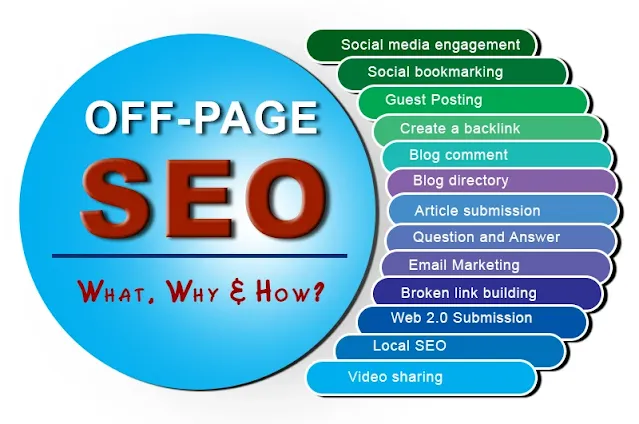How to write seo optimized blog post
If you want to bring more visitors to your website, you should learn how to write SEO optimized blog posts. Search engine optimization (SEO) is an important part of any digital marketing strategy, and high-quality SEO content can help your website rank higher in search engine results pages. Writing SEO optimized blog posts can be a bit daunting, but it doesn’t have to be. With a good understanding of SEO principles, you can create content that search engine crawlers will find and appreciate.
Start with a Solid Topic
At the foundation of a great SEO optimized blog post is an interesting and relevant topic. Once you’ve figured out what you want to write about, ensure that you pick a keyword or phrase to optimize your content for. You should also make sure that your chosen topic is relevant to your industry and is something that your target audience is interested in.
Write Quality Content
Although there are many different elements to writing an SEO optimized blog post, content is still king. It’s important to provide valuable and informative content that adheres to your target keyword and that appeals to your target audience. Remember to keep your content engaging and to the point, so that readers stay interested.
Use Keywords
Identify a few key phrases or terms related to your content, and use them throughout your blog post. Be sure to use the terms in the title tag, headlines and meta tags, as well as in the body text. Aim to use each term two to three times within the body of the post.
Strive for Unique Content
Search engines prioritize content that can't easily be found elsewhere. To make sure that your posts stand out, try to create content that is unique and original. You can include industry news or statistics, draw from personal experience, or look for topics that haven't been covered in depth elsewhere.
Optimize URLs
Include the keyword in the URLs for your blog posts. If you use WordPress, you can customize this from the Permalinks settings in the Dashboard. Try to keep the URL short in order for it to be more visible to search engine crawlers.
Write Longer Posts
Search engines tend to rank longer content higher than shorter posts. Aim to write blog posts that are at least 500 words in length. Strive to provide the most comprehensive and thorough coverage of the topic possible.
Link to Relevant Pages
Use internal and external links to build up your content. Link to other pages on your site, as well as to authoritative sources outside of your website. Use anchor text that includes the keyword to further increase visibility.
Optimize Image and Video Alt Text
Images and videos help create a great visual experience for readers, but search engine crawlers can’t see images or videos, so you have to provide them with a description. This is done by adding meaningful alt text and descriptions to any multimedia items you include in your posts. Be sure that the words you use to describe your multimedia items are related to your article’s topic and keyword.
Publish and Share
Once you’ve written an SEO optimized blog post, it’s important to actually publish it! Make sure to include a CTA (call to action) at the end of your post, such as inviting readers to comment or to subscribe to your newsletter, for example. Furthermore, be sure to share your post across your various social media channels to increase exposure.
Conculation
By incorporating these steps into your post writing process, you can ensure that your blog posts are properly optimized for search engines. With a few simple tweaks to your blog post writing process, you can ensure that your content is optimized to the fullest extent possible.





